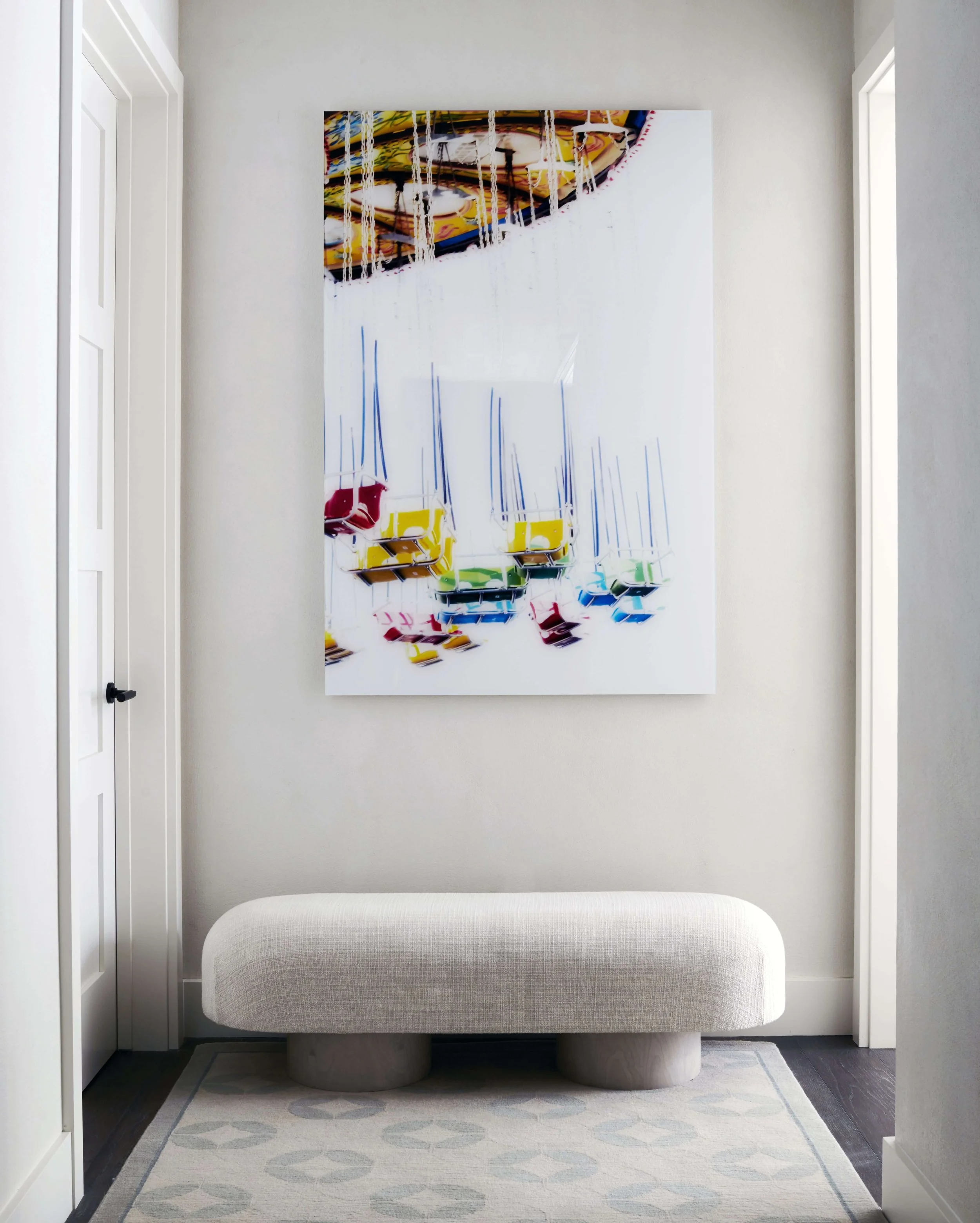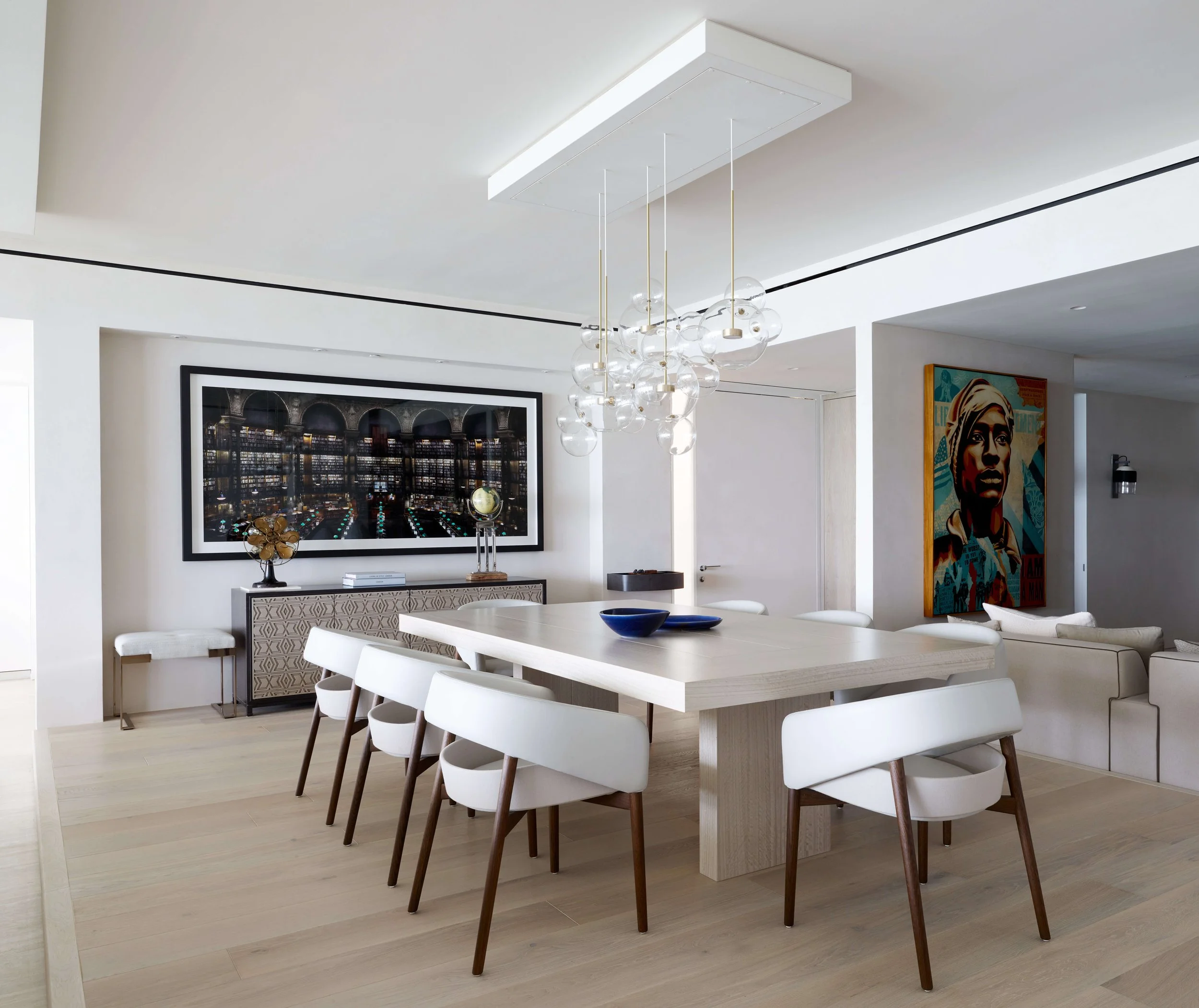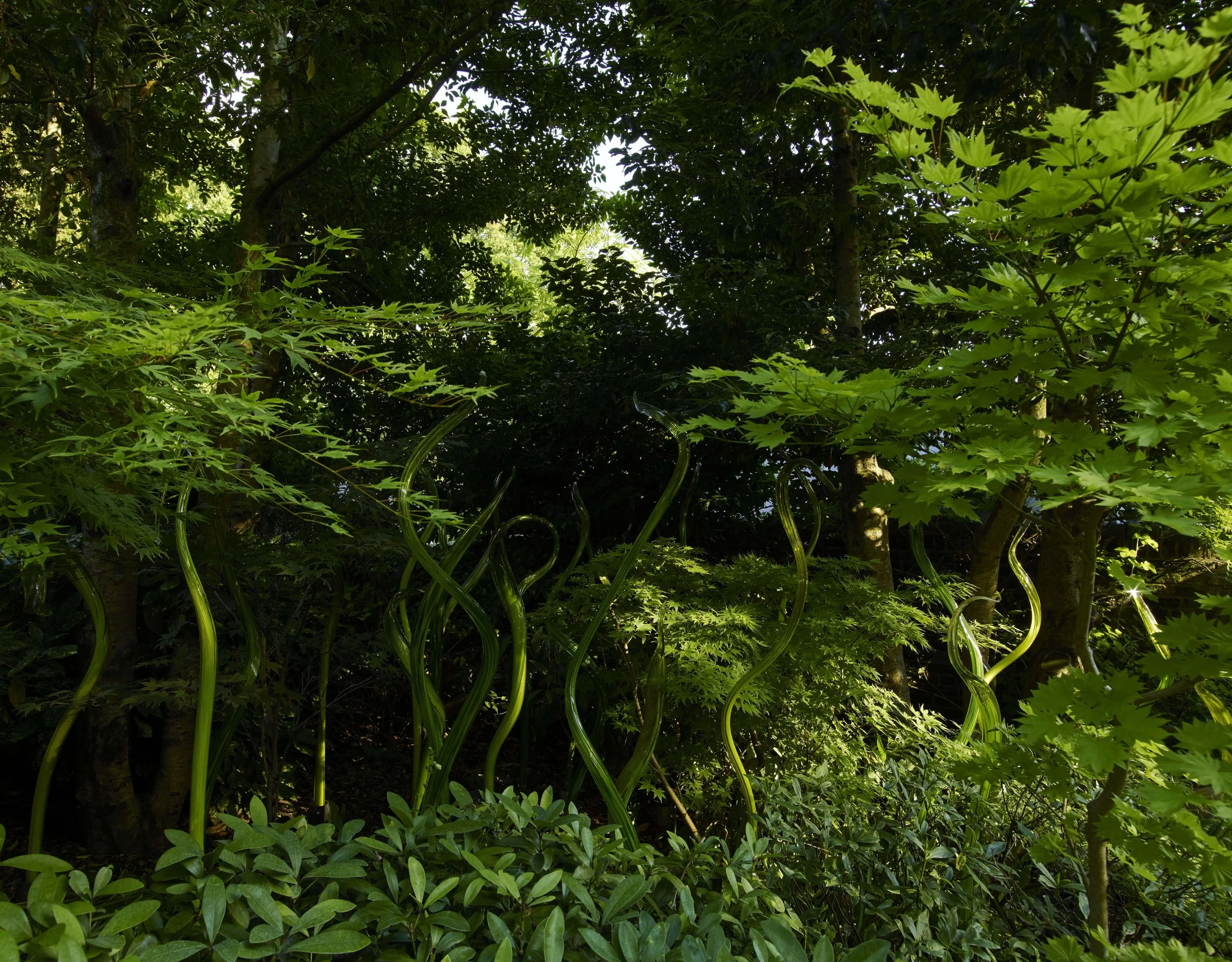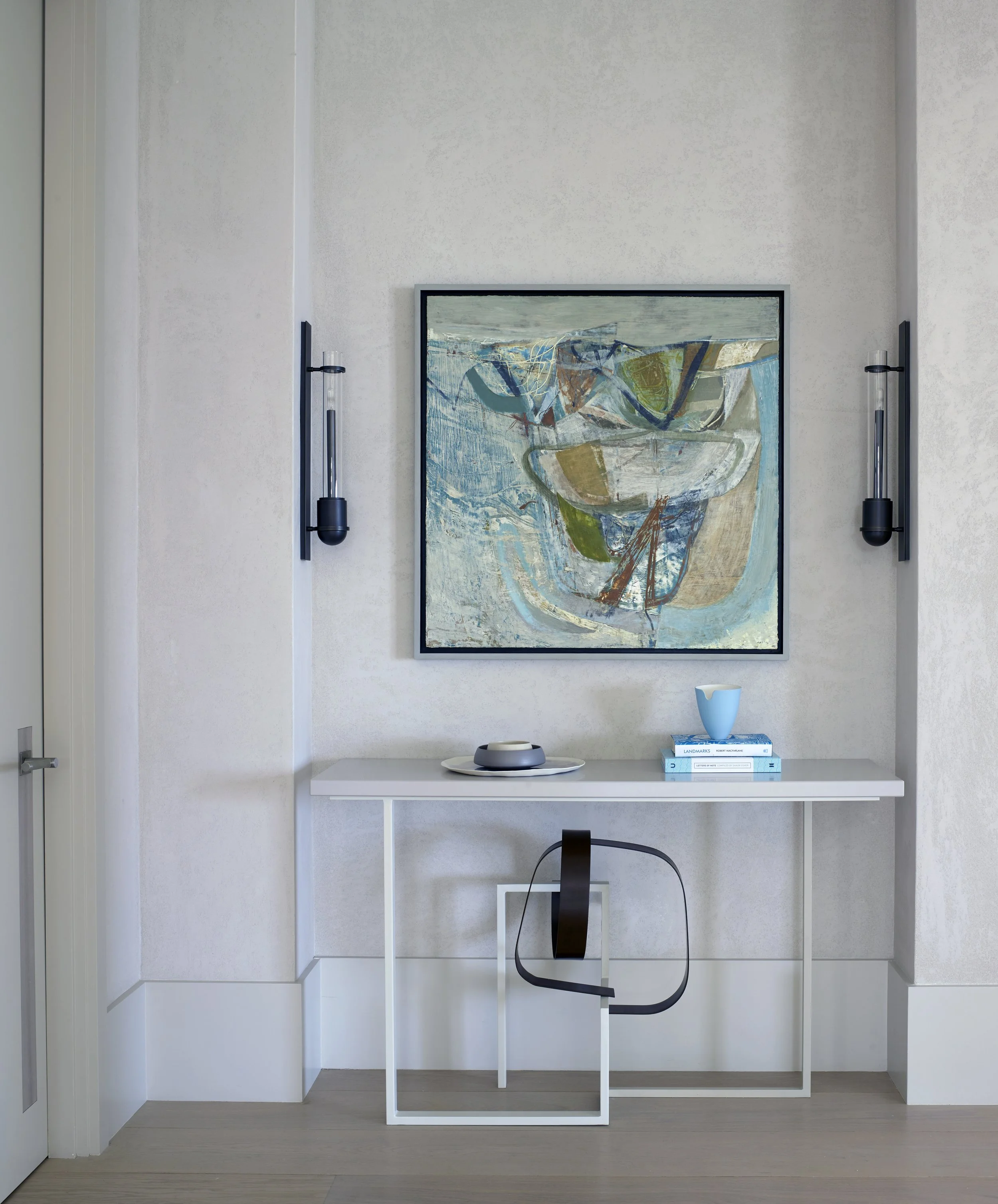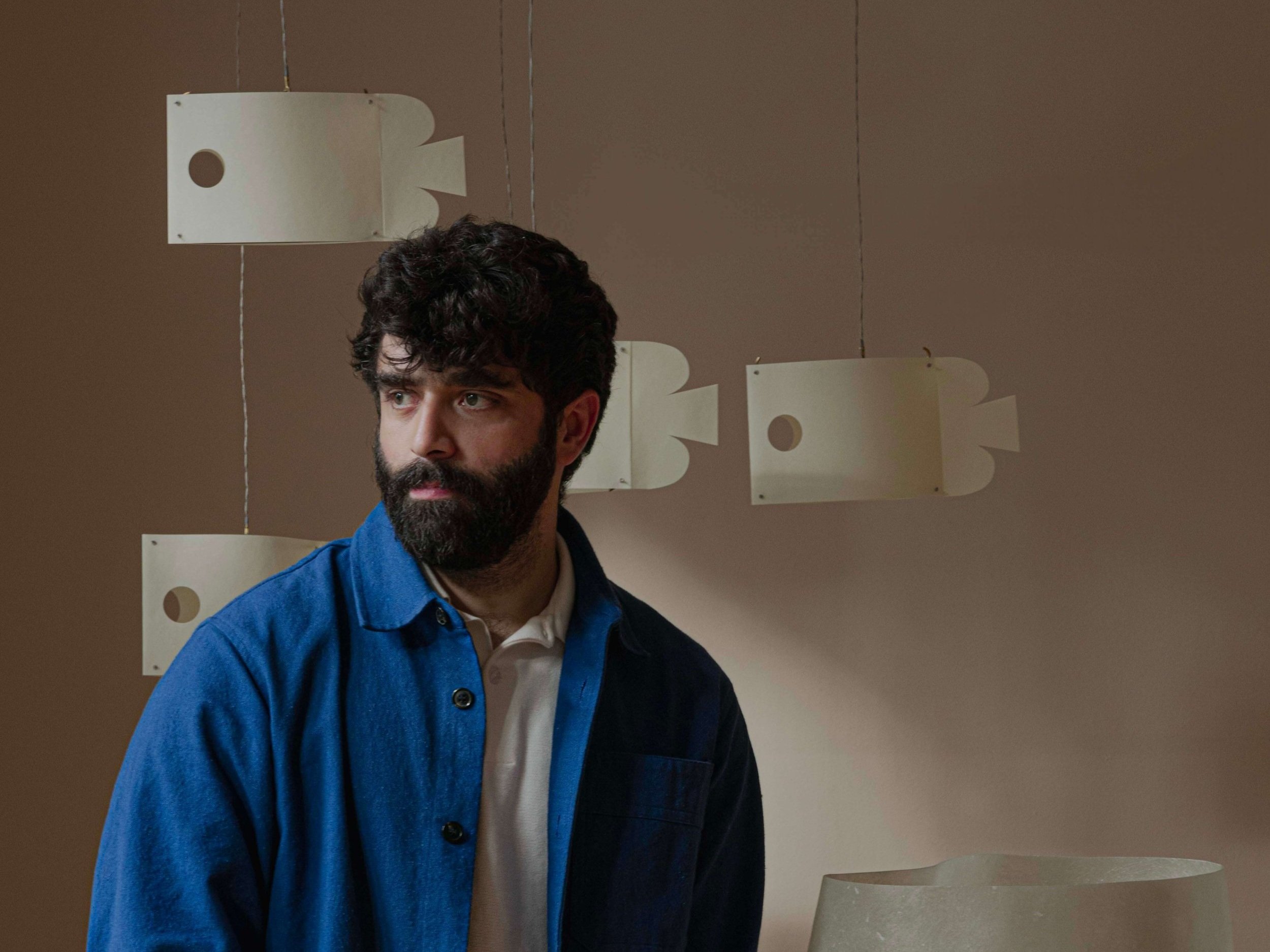Where Art Meets Space: The Fusion of Art Curation and Interior Design with Thorp Design
people • ART ADVISORS
What happens when architecture meets art collecting? At Thorp Design, the answer is a refined spatial narrative led by decades of experience. In this exclusive interview, founder Philippa Thorp invites us into her world—a London-based curation studio where interior design, architecture, and private art advisory converge. With a philosophy rooted in harmony and individuality, she shares how spaces become curated journeys, shaped by a deep understanding of both aesthetics and emotional resonance.
WEBSITE: thorp.co.uk INSTAGRAM: @thorp_design
Words: designeers
november 2024
designeers
Could you please give us a quick introduction?
Philippa thorp
I am Philippa Thorp, founder of London-based design studio, Thorp.
I began my journey in the design world almost by accident. I initially pursued a degree in textile design after completing an art foundation in Chester, but during my first year at university, I realised I was slightly in the wrong place. I’ve always been passionate about architecture and buildings, and sharing a room with a student of interior design and architecture opened my eyes to a field I hadn’t known existed. This realisation led me to leave university in my second year and take a different path.
After dropping out, I took a secretarial course, which led to a serendipitous chapter in my life. I found myself temping at Citibank, where I was encouraged to stay on, eventually spending nearly five years there - a period I absolutely loved. This experience was crucial because it gave me the confidence and foundation to later start my own business, even though it was something I never expected to do.
Next year marks the 40th anniversary of Thorp, and reflecting on these four decades, I can see how the world of business has changed dramatically. When I started, there were far fewer barriers, both in terms of compliance and legalities, which made the journey a bit more creative and carefree. Today’s landscape is very different, but the essence of what I do is rooted in 40 years of experience running my own business, and even longer in the workplace.
Looking back, I realise that my career and the company I built have been shaped by a combination of serendipity and passion. But above all, it’s been driven by a deep love for design and architecture - a love that has guided me every step of the way.
designeers
Philippa, with your unique background in finance, how do you approach the intersection of art curation and interior design in your projects?
Philippa thorp
For me, art curation and interior design are deeply intertwined—core to our practice as a curation studio that designs with both emotion and meaning. They are not separate disciplines, but rather different expressions of the same creative vision. I don't view a building merely as a functional space; I see it as an art form in its own right. This perspective influences how I approach every project, considering not just the art on the walls but how the entire space comes together as a cohesive, artistic expression.
Even though I'm not formally trained in art curation, I approach it with an eye for harmony and context. Art isn't just about paintings or sculptures; it encompasses everything within a space. For instance, we once sold a piece that most would perceive as a chair, but in reality, it was a metal form that transcended function - it was art. This complexity - where art meets design and function - fascinates me, and I believe it plays a crucial role in how people interact with their spaces.
Moreover, I believe that art adds significant value to a home, just as much as the clever planning of a building or the innovative use of light. A well-curated space, where art is seamlessly integrated with design, elevates both the aesthetic and financial value of a property. In essence, good art, good design, and good architecture all contribute to creating environments that are not only beautiful but also profoundly enriching.
designeers
Can you walk us through your process of curating art collections for clients? What factors do you consider to ensure the art suits their personalities and properties?
Philippa thorp
Curating art collections for clients is indeed a meticulous and evolving process, one that often spans many years. It’s important to recognise that art appreciation, much like any skill, often needs time and exposure to fully develop. While some clients come to us with a strong sense of what they like, many do not, and that’s where our journey together begins.
For those less familiar with the art world, the process starts with education and exploration. I liken it to learning to cook; while some might have a natural flair, most need guidance and experience to refine their tastes. Similarly, art collecting is an evolving journey. Over the years, I've seen how clients' tastes mature and become more nuanced, often simplifying as they gain confidence and clarity in their preferences. Early on, many are drawn to more obvious or recognisable pieces - those that are easily understood or come from well-known artists. But as they engage more deeply with art, visiting galleries, fairs, and exhibitions, their appreciation broadens, and they begin to consider works that may initially have seemed challenging or unfamiliar.
A crucial part of my role is to push boundaries, encouraging clients to look beyond their immediate reactions. If they’re unsure about a piece, I take the time to explain its merits, its context, and why it might be worth considering. This helps them make more informed decisions and ensures they’re not dismissing art simply because it’s new or different.
As a leading curation studio, Thorp organises guided tours through galleries, fairs, and auctions—experiences designed to sharpen both the client's eye and our team’s creative lens. These experiences take us out of our usual environment, allowing everyone to be a student again, to learn and discover together. It’s a way to keep the creative process alive and evolving.
designeers
How do you balance aesthetic appeal with investment potential when selecting art pieces for your clients?
Philippa thorp
When it comes to balancing aesthetic appeal with investment potential in art, my philosophy is quite straightforward: you should only invest in art that you genuinely love and can afford. Whilst art can indeed be a valuable investment, I don't believe in purchasing it solely for that purpose. The emotional connection and personal enjoyment of a piece should always come first.
If you don’t have a strong appreciation for a piece, its potential to increase in value shouldn’t be the deciding factor. There are, of course, exceptions - there have been times when I’ve purchased pieces like Damien Hirst's works primarily for their investment potential. But even in those cases, I found myself questioning whether it was the right choice, as buying art with the expectation that its value will increase can be a bit of a gamble.
It’s similar to buying your home: if it appreciates in value, that’s wonderful, but it shouldn’t be the sole reason for the purchase. The enjoyment you get from living in it - or in this case, living with the art - should be the primary consideration. That said, many of my clients have seen their art collections appreciate significantly over time. This is partly due to the broader recognition of certain artists and the increase in disposable income in the global market, which has made art a more attractive asset class than it was 40 years ago.
“For me, art curation and interior design are deeply intertwined - they are not separate disciplines, but rather different expressions of the same creative vision.”
Philippa thorp
designeers
Over the last 15 years, the average increase in value after inflation for art collections curated by Thorp has been 27%. What strategies do you employ to achieve such impressive results?
Philippa thorp
Firstly, it comes down to experience. Having been in the art world for 40 years, I've developed a finely tuned sense of what makes an artwork valuable and what trends are worth following. This long-term experience helps us make informed decisions about which pieces are likely to appreciate in value.
We focus on acquiring art from credible and established artists and dealers. These are pieces that are already recognised and respected in the art world, which gives them a strong foundation for future value growth. We're not just buying art because it's popular or fashionable; we're selecting works that have a proven track record and are likely to stand the test of time.
It’s also worth noting that not all art appreciates. While some pieces may increase in value, others may not fare as well. This is why we emphasise investing in high-quality works from artists with a history of being collectible and investable. Pieces from lesser-known or emerging artists might not show significant growth immediately, but as their careers develop, they may gain more recognition and value over time.
Additionally, we deal with artworks of a certain value. We're not talking about small, inexpensive pieces that might show modest increases. Instead, we invest in works that are significant in their own right, which tends to lead to more substantial appreciation.
designeers
How do you ensure that the curated art pieces integrate seamlessly with the overall interior design and architecture of a space?
Philippa thorp
Over the last few years, the use of 3D modelling and CGI has been incredibly transformative for us. We now create detailed visualisations of the spaces, including all the fabrics and finishes. This allows us to see how different artworks will look in the space even before it's finished. It’s been a game changer in helping us experiment with various placements and combinations, ensuring that each piece will complement the design beautifully. However, it’s important to remember that art doesn’t need to be a perfect match with the interior design. In fact, I often find that the most interesting art pieces are those that bring something unique and unexpected to a space. Rather than focusing on, say, matching colours, we consider the size, scale, and volume of the artworks. These elements are crucial in ensuring that the art creates a meaningful impact and fits well within the architectural context.
designeers
What are some of the biggest challenges you face in art curation for UHNW clients, and how do you overcome them?
Philippa thorp
The majority of our UHNW clients comes from analytical backgrounds, such as finance or science, rather than from creative fields. This means they often don’t have a developed sense of what they like in art or how to approach the art world effectively.
The real challenge is helping them discover their own tastes and building their understanding of art. It’s not about pushing my preferences onto them but about guiding them to identify and articulate what they genuinely enjoy. I often find myself helping clients to develop their own "eye" for art and to navigate the complexities of collecting.
Another hurdle is ensuring they don’t end up making poor choices simply because they have the financial means. Without experience, they might be tempted by pieces that seem appealing but don’t necessarily add value or fit well within their collection. If a client expresses interest in something that I believe isn't a sound investment or doesn’t align with their overall vision, I’m upfront about it. I provide honest feedback and suggest alternatives that better suit their taste and goals.
designeers
Who are some of your go-to artists or galleries and how has their work influenced your approach to interior design and art curation?
Philippa thorp
I'm very much interested in the St. Ives artists. Personally, I think they have a great breadth and clarity of colour. They were an incredible movement of like-minded people who all fed off each other. And in a way, they were similar to the Impressionists - they were a group of brilliant artists who were working one against the other. They were very competitive with each other and shared knowledge.
I find the St. Ives artists' freedom in how they developed their work inspiring, honest and accomplished. They were all great artists. I still struggle with some of the notion of modern art and just how good some of the artists really are at drawing. I am thrilled to see contemporary artists like Tracey Emin who, despite her disruptive approach, are now focusing on nurturing the next generation of artists through teaching traditional skills like drawing. This return to foundational techniques is something I deeply appreciate, as it reinforces the need for core skills and the importance of craftsmanship and authenticity in art.
designeers
What is your favourite piece of art in your personal collection, and what makes it special to you?
Philippa thorp
My favourite piece of art in my personal collection might surprise you - it’s actually a charming little painting my eldest daughter did. She’s extremely talented and painted my beloved Labrador, Teddy. It’s not a grand or renowned piece, but it’s incredibly special to me.
designeers
On your coffee table right now?
Philippa thorp
My coffee table is literally weighed down with a lot of books, including works on Christopher Wood and Alfred Wallace. One book that stands out is A Look at My Life by Eileen Agar. Agar was a fascinating figure, and her work remains underappreciated, especially considering her contributions as a female artist.
designeers
Best design hotel in the world?
Philippa thorp
I don’t stay at hotels much anymore, but when I do, I play it safe with the Firmdale Hotels, designed by Kit Kemp. They are quite impressive, not just for their design but also for their commitment to supporting artists. The Firmdale Hotels commission a range of artists, from basket weavers to painters, to create unique art for their spaces.


